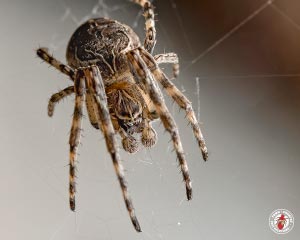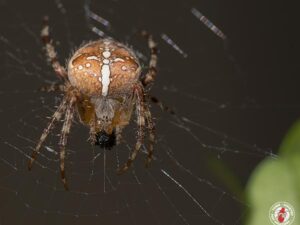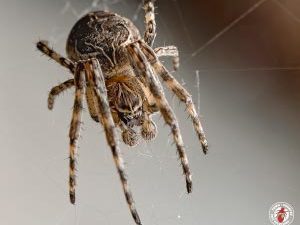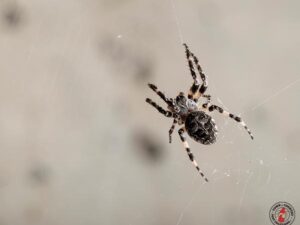
We are all familiar with social insects like bees, ants, wasps and termites, but what about social spiders? The concept of a “social spider species” may seem like a contradiction, as spiders are well known for being solitary arthropods that demonstrate nothing in common with a typical social insect. For instance, social insects live within colonies that are divided into caste systems, and they invest a significant degree of care into raising and grooming offspring. Spiders, on the other hand, are solitary hunters that abandon their offspring, usually before they reach the larval stage. For the vast majority of spider species, each spider catches its own prey and each spider lives within an isolated burrow as opposed to a crowded colony. Social insects spend their entire lives foraging, building nests, defending their colony, and never, or rarely, reproducing. But all individual spiders are driven to reproduce, even at their own peril. Despite all of the stark differences between social insects and spiders, there does exist a very small number of spider species that exhibit sociality and goal-oriented group behavior.
One particular species of spider that is largely considered to be social is Achaearanea disparata from Gabon. These spiders spend their entire lives within colonies that are usually located within trees, and they collectively construct webs and hunt prey within groups. Although no social spider species lives within the type of colony that is divided into strict non-changing castes, several social spiders have been found indulging in particular task-behaviors that benefit the colonies in which they belong. These task-behaviors include nest construction and maintenance, sustained care for offspring and group defense behaviors. The manner in which social spiders communicate parallels the communication behaviors exhibited by other social insects. For example, wasps have been known to tap on their cardboard-constructed nests in order to transmit vibratory messages to different caste members in an effort to coordinate cooperative group behaviors. Several studies have found social spiders tapping their webs in order to communicate vibratory signals to their fellow group members. However, the caste system is a hallmark of social insect colonies, and to this day, not a single social spider species has been found living within a colony organized into a caste system. Then again, social spiders are remarkable for their tolerance of other members of their species, which is a significant departure from the hostile and often cannibalistic behavior demonstrated by most spider species toward their own kind.
Do you know of any social spider species that dwell within the United States?












